Understanding the Different Types of Floral Arrangements
Floral arrangements are not just beautiful decorations but also expressions of creativity and artistry. Whether for weddings, special events, or everyday decor, understanding the various types of floral arrangements can help you choose the perfect style for any occasion. Here’s a guide to the different types of floral arrangements:
1. Bouquets
Bouquets are the most common and versatile type of floral arrangement, typically handheld and designed for gifting or personal use.
- Types:
- Round Bouquet: Symmetrical and compact, often with flowers of the same type clustered together.
- Cascade Bouquet: Features flowers arranged to cascade downwards, creating a flowing and elegant look.
- Occasions: Ideal for weddings, birthdays, anniversaries, and as gifts for special occasions.
2. Centerpieces
Centerpieces are designed to be the focal point of a table, enhancing the ambiance of dining or event spaces.
- Types:
- Low Centerpieces: Positioned closer to the table surface, allowing for easy conversation across the table.
- Tall Centerpieces: Elevate flowers above eye level, adding drama and elegance to the table setting.
- Occasions: Used in weddings, corporate events, dinners, and holiday celebrations to create a striking visual impact.
3. Corsages and Boutonnieres
Corsages and boutonnieres are smaller arrangements worn as accessories, often for formal events like weddings or proms.
- Corsages: Typically worn on the wrist or pinned to clothing, featuring a few flowers and foliage.
- Boutonnieres: Pinned to the lapel of a suit or tuxedo, designed with a single flower or a small cluster.
- Occasions: Commonly used in weddings, proms, graduations, and other formal gatherings to complement attire.
4. Wreaths
Wreaths are circular arrangements made from flowers, foliage, and sometimes other materials like branches or ribbons.
- Types:
- Door Wreaths: Hung on doors as a welcoming decoration.
- Tabletop Wreaths: Laid flat as table centerpieces or used as decorative elements indoors.
- Occasions: Used for seasonal decorations (e.g., Christmas wreaths), funerals, and as decorative accents for homes and events.
5. Arrangements in Vases
Vase arrangements are versatile and can vary in size and style, suitable for various settings and purposes.
- Types:
- Symmetrical Arrangements: Balanced designs with flowers arranged evenly around a central point.
- Asymmetrical Arrangements: Artistic and free-form designs with flowers and foliage arranged in a more organic manner.
- Occasions: Suitable for home decor, office spaces, receptions, and as gifts due to their long-lasting nature.
6. Topiaries
Topiaries are sculpted arrangements where flowers and foliage are shaped into geometric or ornamental forms.
- Types:
- Ball Topiary: Flowers arranged in a spherical shape.
- Spiral Topiary: Flowers and foliage twisted into a spiral pattern.
- Occasions: Used in formal gardens, upscale events, and as decorative pieces for corporate spaces.
7. Floating Arrangements
Floating arrangements feature flowers and foliage floating in water, creating a serene and ethereal effect.
- Types:
- Single Bloom Floats: Individual flowers placed in bowls or vases of water.
- Submerged Arrangements: Entire arrangements submerged in water for a unique visual impact.
- Occasions: Popular for weddings, spa settings, and modern decor themes for their calming and minimalist aesthetic.
Conclusion
Each type of floral arrangement offers a unique way to showcase flowers and enhance any environment. Whether you’re planning a wedding, decorating a corporate event, or simply adding beauty to your home, understanding these different styles can help you choose the perfect floral arrangement that suits your needs and complements the occasion beautifully.
